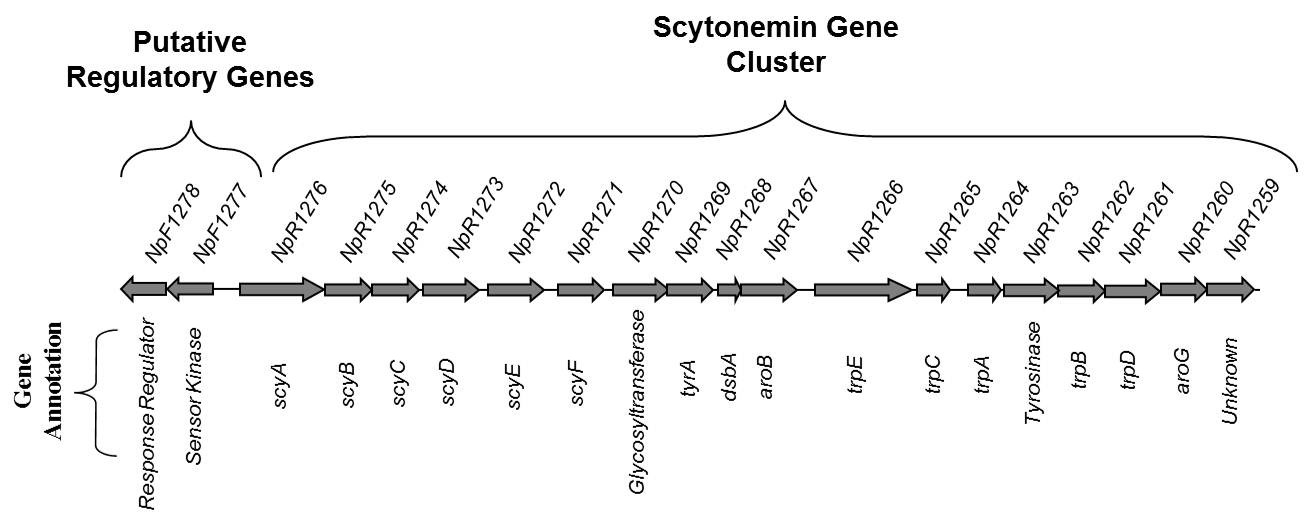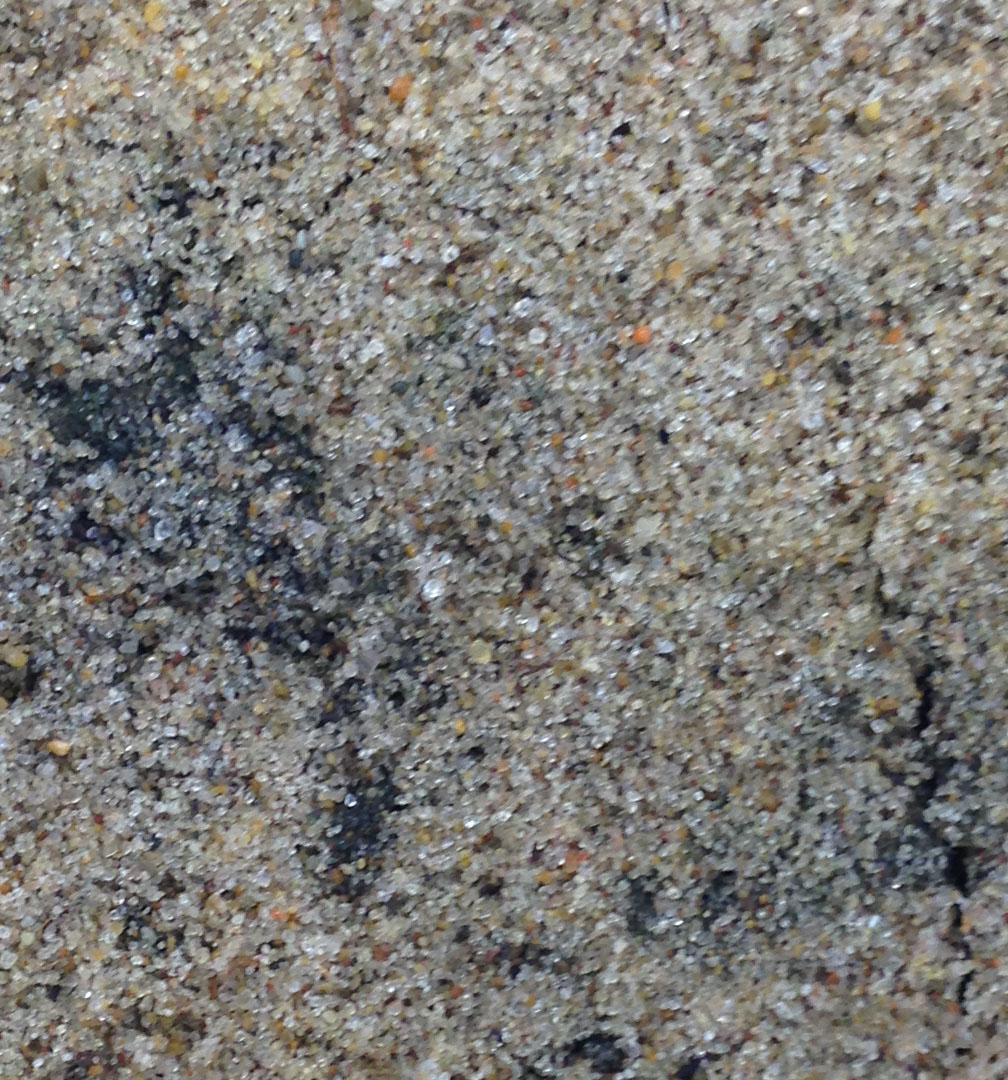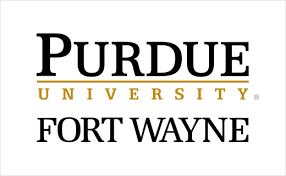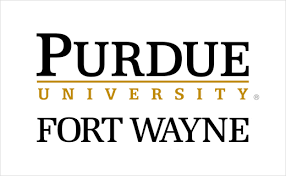Transcriptional Regulation of Scytonemin Biosynthesis
The mechanism by which cyanobacteria sense ultraviolet radiation (UVR) to induce biosynthesis of the sunscreen scytonemin is currently unknown. There is a putative two-component regulatory system upstream and adjacent to the gene cluster associated with scytonemin biosynthesis in Nostoc punctiforme. We have recently demonstrated that a mutant strain deficient in the response regulator is unable to produce scytonemin. We are currently working to further characterize the regulatory aspects of the scytonemin biosynthetic gene cluster and this two-component system. Image from Soule, et al., 2009, BMC Genomics.

Ultraviolet Stress Physiology in Cyanobacteria
As phototrophic organisms, cyanobacteria are often exposed to intense UVR as they capture solar energy for photosynthesis. We aim to characterize the ultraviolet stress response of cyanobacteria using the filamentous, heterocystous cyanobacterium Nostoc punctiforme. Our approach is to use high-throughput RNA-seq analysis to assess the gene expression response of Nostocand related mutants under UVR and similar stress conditions. Image from Soule and Garcia-Pichel, 2014.
 Microbial Diversity of Biological Soil Crusts from the Indiana Dunes State Park
Microbial Diversity of Biological Soil Crusts from the Indiana Dunes State Park
While biological soil crusts are well-characterized from arid soils, little has been done to characterize dune soils. Using next-generation sequencing technologies we hope to characterize these communities as well as some of the cyanobacterial isolates to crusts from arid soils.
Microbial Analysis of Sea Turtles and their Nests (collaboration with Dr. Frank Paladino, Professor of Biology, PurdueFW)
We are interested in characterizing the microbiome of sea turtles and their nests. Our goals are to better understand their health in the context of their microbiome and to develop mitigation strategies for the protection of threatened nests from pathogenic microorganisms. The turtle in the image was caught with NMFS Permit No. 17183.


